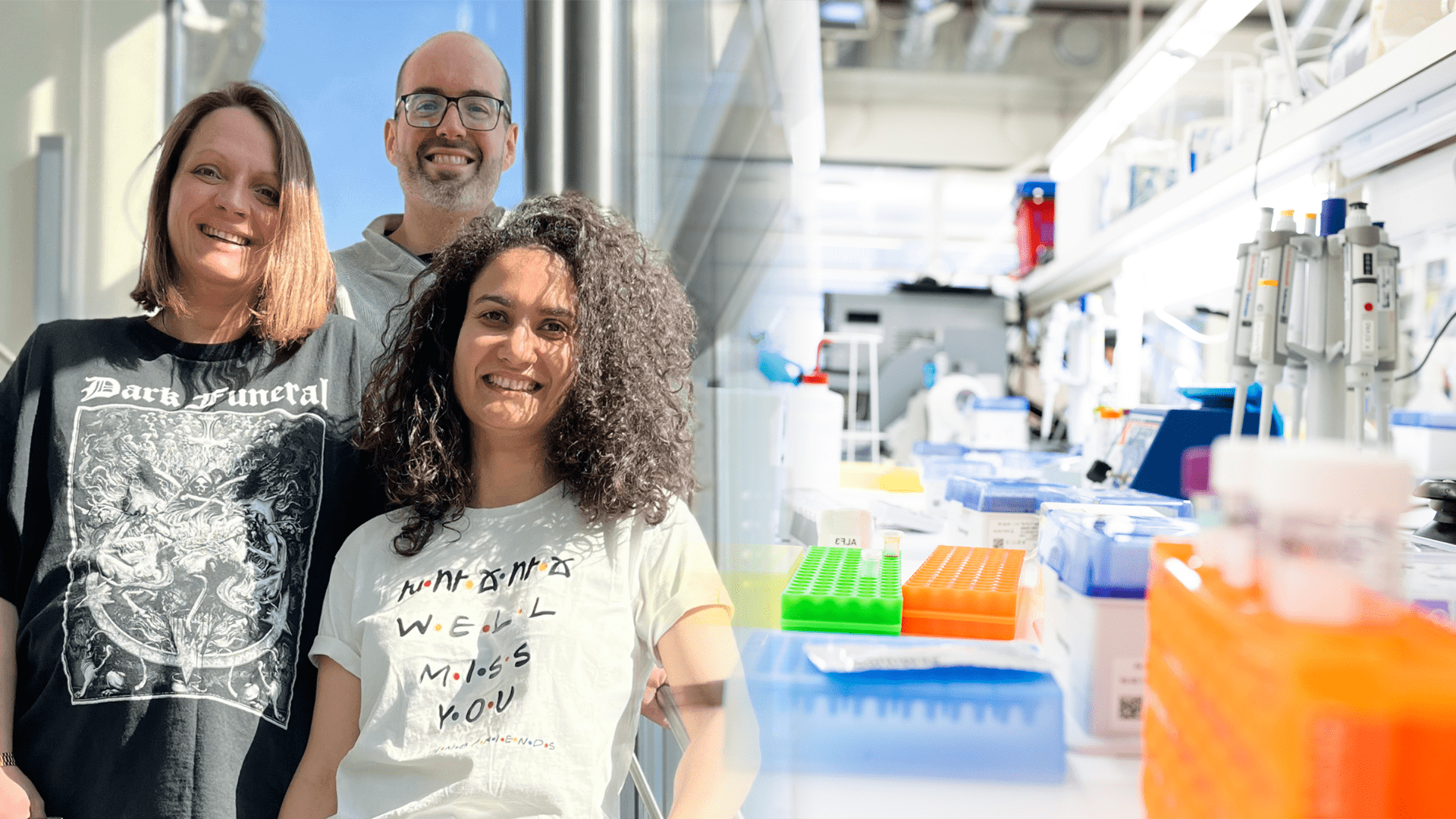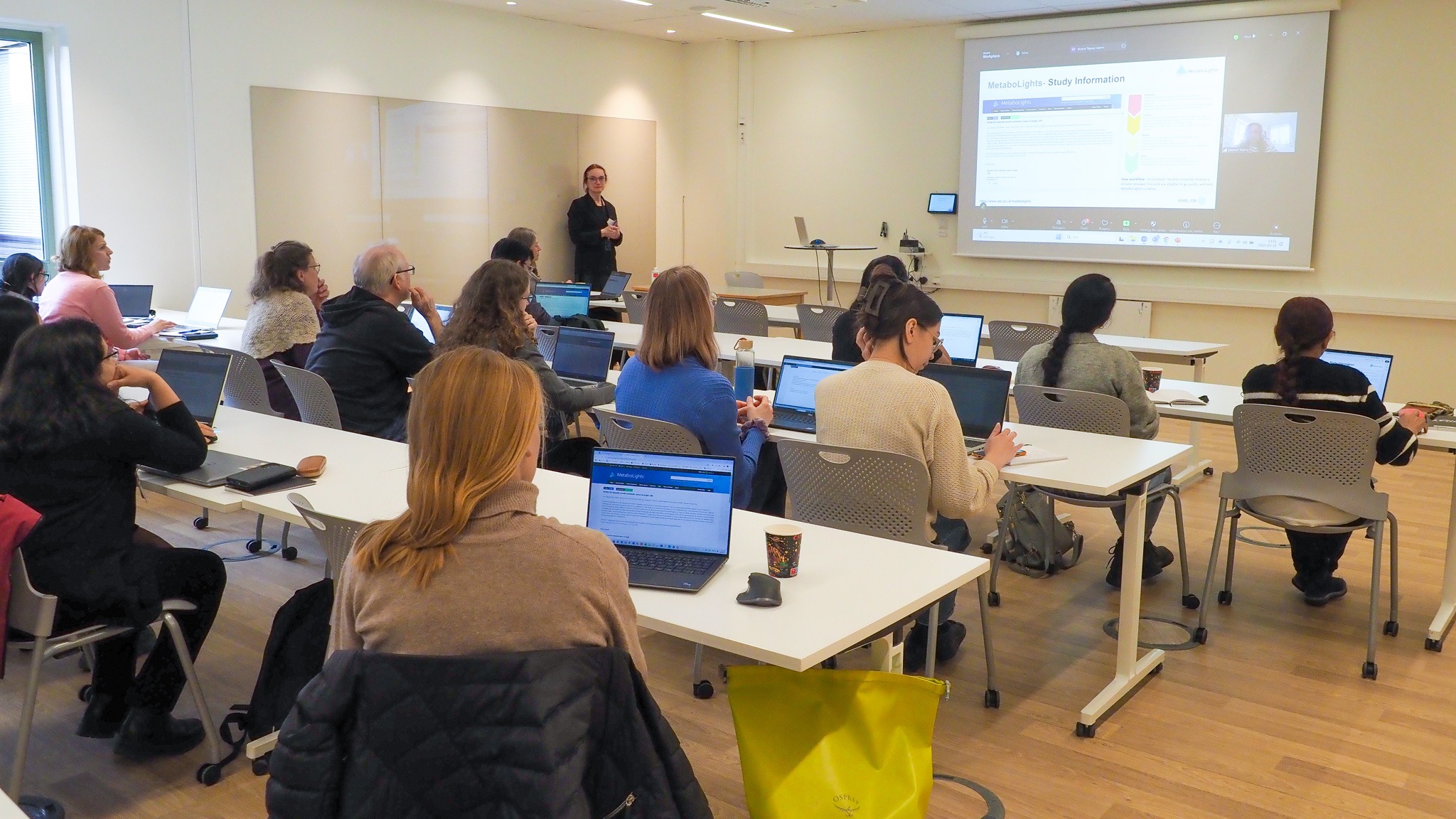Novel Sequencing technology to study bacterial response to antibiotics
A team of scientists at SciLifeLab has developed a novel molecular method that enables fast detection of bacterial response to antibiotics, even in complex bacterial mixtures. The approach is based on sequencing of the RNA molecules that cells degrade during protein production and does not require any prior knowledge of the antibiotic’s mechanism of action. The findings, published in the journal Nature Microbiology, show great potential for creating an easy-to-use diagnostic tool for healthcare professionals.
The method called 5PSeq offers a simple way to determine bacterial responses to antibiotics in minutes. Additionally, it can be performed in complex samples such as fecal matter or vaginal swabs, eliminating the need for time-consuming bacterial isolation.
“Antimicrobial resistance is a serious and growing problem. Our technology will facilitate the study of antibiotic-bacteria interactions and speed up diagnosis,” says principal investigator Vicent Pelechano, SciLifeLab group leader and Associate Professor at the Department of Microbiology, Tumor and Cell Biology, Karolinska Institutet.
The researchers behind 5PSeq are now focused on transforming their method into a user-friendly diagnostic tool that can be adopted by healthcare professionals. A rapid test for antibiotic resistance detection would be a useful tool for doctors, helping them choose more targeted treatments and potentially reducing the overuse of broad-spectrum antibiotics.
To speed up the use of this new technology the researchers have founded the company 3N Bio which aims to create a rapid molecular test for clinical use. The research was financed by the Ragnar Söderbergs Foundation (Swedish Foundations’ Starting Grant), the Swedish Research Council, the Knut and Alice Wallenberg Foundation (Wallenberg Academy Fellowship), and EU’s Horizon 2020, among others. See the scientific article for a complete list.
Atlas of mRNA translation and decay for bacteria
Nature Microbiology 2023, DOI: 10.1038/s41564-023-01393-z





